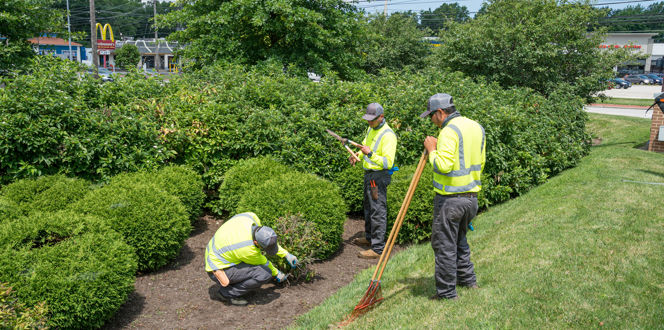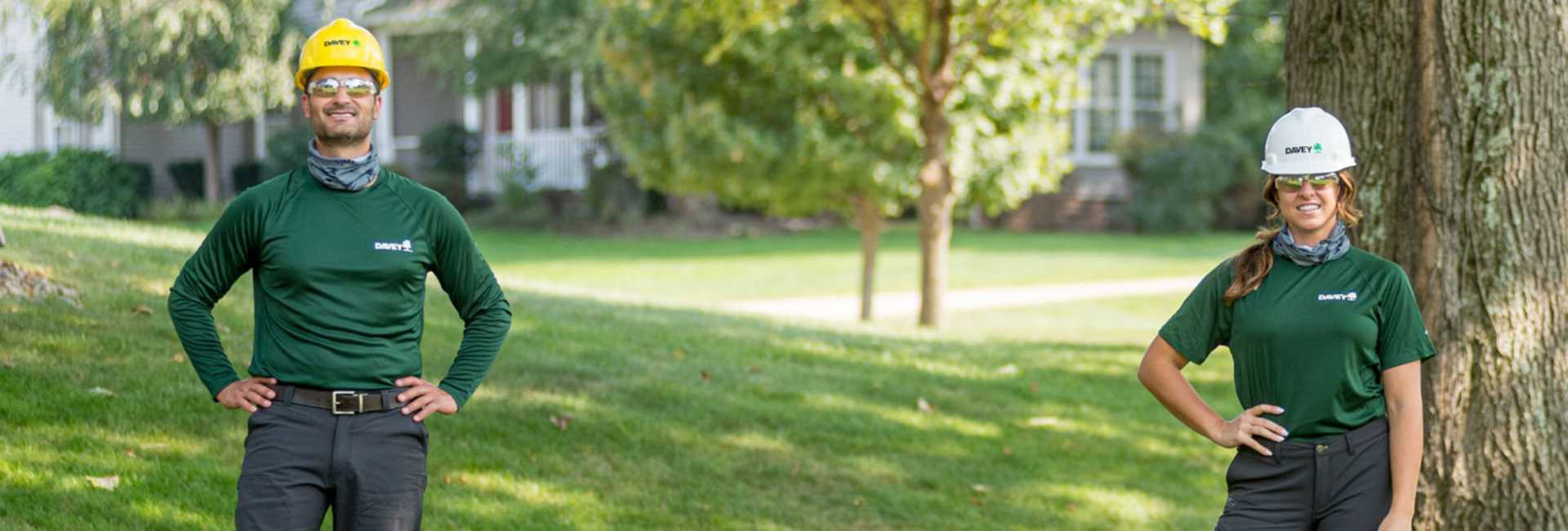Summer storms in the U.S. can run the gamut.
Some years we get a lot of thunderstorms and strong winds and other years we get a bit less. Some areas of the country are hit harder than others, depending on their potential for hurricanes or tornadoes. Sometimes there is hail and flooding that come along with gusty blows.
While we never can fully predict what Mother Nature will bring, adequately preparing for summer storms can help protect homeowners in case this is one of those more extreme years.
Let’s take a look at how tree trimming can assist in reducing costly storm damage on your property and what steps you can take now so your trees can stand stronger against storms when they come through.
What Does It Mean To ‘Storm Ready Your Trees?’
There’s a tendency to be reactive when dealing with storm damage. The storm comes through and breaks some of your tree branches, splits your tree in half, or blows over a tree, and then you call a tree care service for emergency tree removal or maintenance.
But being proactive is actually the better way to ‘make your trees storm-ready and reduce potential costly damage.
Being storm-ready does not fully protect your trees from damage, but it does help prepare your trees for the various weather elements by performing regular and proper tree pruning.
You can avoid many structural problems with trees by properly pruning them. This can be done by removing dead limbs; removing or reducing the size of branches with bad structures; cutting back long, heavy limbs; reducing the weight of trees that have decay; removing weight from the heavy side of a tree; or adding cabling and bracing to support a tree with co-dominant leaders.
How Does Tree Trimming Reduce Storm Damage
There are a number of warning signs to look for in your trees that may indicate some poor structures and possible safety hazards, particularly when strong gusts of wind come through and shake their foundations.
How do you prepare a tree for a storm? Look for these signs of potential hazards that tell you that you need to take steps to secure them for storms:
- Large dead limbs
- Weak branch attachments
- Long, heavy limbs
- Signs of decay (mushrooms)
- Cracks
- Heavy leaning
How Frequently Should I Trim My Trees?
You might be wondering how often tree trimming is necessary.
Generally, most mature trees should be pruned every 3 to 5 years, while young trees should be trimmed every 2 to 3 years.
A certified arborist can help you determine the timeline that works best for your specific trees.
Why You Should Hire A Certified Arborist
When it comes to tree pruning, especially for larger trees, hiring a certified arborist can ensure the job is done right and safely.
Tree limbs can be heavy and require some specialized tools for removing them properly without causing damage to the tree or nearby properties or vehicles. A licensed tree care professional will have the experience to assess each pruning cut, as well as the tools to do the job right to ensure a safely done job, as well as a healthy tree.







